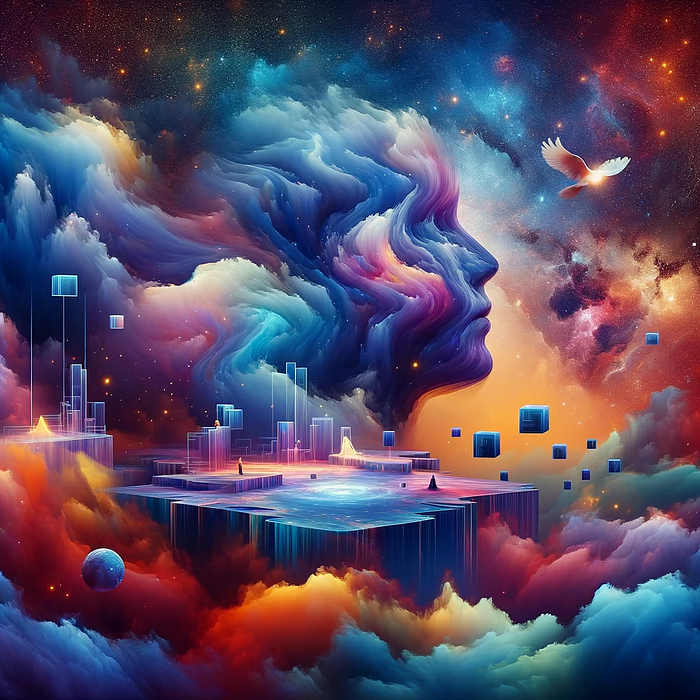Liminal Spaces: An Intersection of Philosophy and Psychology
Liminality, derived from the Latin word ‘limen’ meaning ‘threshold’, has long fascinated thinkers, writers, and scholars across disciplines. The concept of a liminal space — those transitional, in-between areas that straddle the familiar and the unknown — offers profound insights into the human condition and the nature of change and transformation. This article delves into the philosophical and psychological perspectives on liminal spaces, charting their historical evolution, contemporary relevance, and the deeper existential questions they pose.

Historical Background: The Philosophical Underpinnings
The term ‘liminal’ was popularized in the early 20th century by anthropologist Victor Turner, but its philosophical roots extend much deeper. Thinkers from Plato to Heidegger have grappled with the ideas of transition, boundaries, and the interstitial. For instance:
Plato’s Cave Allegory: The cave, as described in Plato’s “Republic”, represents a liminal space. The prisoners, who are bound and facing the wall of the cave, are in an in-between state, aware of the shadows but ignorant of the reality outside. The journey of the freed prisoner symbolizes the transition from ignorance to enlightenment, a move through a liminal realm.
Heidegger’s ‘Being-toward-death’: The German philosopher Martin Heidegger conceptualized existence as a constant ‘being-toward-death’, highlighting the liminal nature of human existence, straddling between birth and death, presence and absence.
The Psychological Lens: Transition and Transformation
From a psychological standpoint, liminal spaces are often associated with moments of transition, ambiguity, and potential transformation. Such spaces challenge our perceptions, identities, and feelings of belonging.
Erik Erikson’s Stages of Psychosocial Development: Erikson’s theory outlines eight stages, each marked by a specific conflict. These stages, such as the transition from adolescence to adulthood, can be seen as liminal periods where one’s identity is in flux, awaiting resolution.
Jung’s Archetypes: Carl Jung’s concept of the ‘persona’ and the ‘shadow’ also treads into liminal territory. The ‘persona’, or the mask we show to the world, contrasts with the ‘shadow’, the hidden or unconscious aspect of ourselves. The interplay between these two represents a liminal dialogue, a dance between the known and the unknown.
In liminal spaces, we confront the thresholds of our comfort zones, encountering the unfamiliar and revisiting the familiar with new eyes.
Bridging the Disciplines
The allure of liminal spaces lies in their ambiguity. They defy easy categorization, residing at the crossroads of the known and the unknown, the past and the future, the self and the other. Philosophy offers tools to dissect and understand these spaces, while psychology provides a lens to explore their impact on human behavior and cognition. The interplay between these disciplines allows for a richer, multi-dimensional exploration of liminality.

In conclusion, liminal spaces, with their enigmatic allure, invite us to pause, reflect, and engage with the deeper questions of existence.
They act as an enigmatic portal, a gateway to worlds unknown, where the allure of the uncharted dances with the mystery of the undefined. Step through and embrace the ambiguity of existence.
As we navigate these spaces, we not only discover the world around us but also the universe within.
For further reading and exploration, consider diving into the works of Victor Turner, Plato’s “Republic”, Heidegger’s “Being and Time”, and Carl Jung’s “The Archetypes and The Collective Unconscious”.
